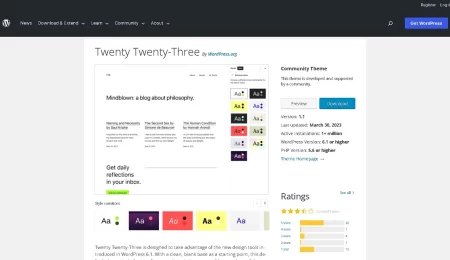Demystifying the Code: 50 most used tags in HTML
50 most used tags in HTML: The foundation of every webpage lies in its HTML code, and understanding the most frequently used tags empowers you to build and manipulate web content effectively. This comprehensive guide delves into the top 50 HTML tags, explaining their purpose and functionality in detail.
Here’s a breakdown of the 50 most used HTML tags, categorized for better understanding:
1. Document Structure Tags
<!DOCTYPE html>: Defines the document type as HTML5.<html>: The root element of an HTML document.<head>: Contains meta information about the document.<title>: Specifies the title of the webpage displayed on the browser tab.<body>: Contains the visible content of the webpage.
2. Meta Tags
<meta charset="UTF-8">: Defines the character encoding standard for the document.<meta name="description">: Provides a brief description of the webpage content for search engines.<meta name="viewport">: Controls how the webpage responds to different screen sizes.
3. Heading Tags
<h1>to<h6>: Define headings of varying sizes, with<h1>being the most prominent and<h6>the least.
4. Paragraph Tags
<p>: Defines a paragraph of text.
5. List Tags
<ul>: Creates an unordered list with bullet points.<ol>: Creates an ordered list with numbered items.<li>: Defines a list item within an ordered or unordered list.
6. Table Tags
<table>: Defines a table structure.<tr>: Defines a table row.<th>: Defines a header cell in a table.<td>: Defines a data cell in a table.
7. Form Tags
<form>: Defines an HTML form for user input.<input>: Defines an input control element like text fields, checkboxes, or radio buttons.<label>: Associates a label with a form element for better usability.<button>: Defines a clickable button that can trigger actions.<select>: Creates a drop-down list for user selection.<option>: Defines an option within a drop-down list.
8. Text Formatting Tags
<b>: Defines bold text (deprecated, use<strong>for semantic emphasis).<i>: Defines italic text (deprecated, use<em>for semantic emphasis).<strong>: Defines strong importance (semantic emphasis).<em>: Defines emphasized text (semantic emphasis).<sup>: Defines superscript text.<sub>: Defines subscript text.<br>: Inserts a line break.
9. Link Tags
<a>: Defines a hyperlink to another webpage or resource.
10. Image Tags
<img>: Embeds an image into the webpage.
11. Scripting Tags
<script>: Defines a script element for adding JavaScript functionality.
12. Other Commonly Used Tags
<span>: Defines an inline element for grouping content without semantic meaning.<div>: Defines a generic division or section within a webpage.<header>: Defines a container for header content like logos and navigation bars.<footer>: Defines a container for footer content like copyright information.<nav>: Defines a container for navigation links.<section>: Defines a thematic section within a webpage.<article>: Defines an independent, self-contained piece of content.<aside>: Defines content tangentially related to the main content.<table>: Defines a data table for presenting information in a structured format.<blockquote>: Defines a block of quoted text.<pre>: Defines preformatted text with preserved whitespace.<code>: Defines a fragment of code within the content.
This list covers the most frequently used HTML tags, but there are many more available. As you delve deeper into web development, you’ll encounter additional tags that cater to specific functionalities. Remember, a strong understanding of these foundational elements empowers




Leave a Comment